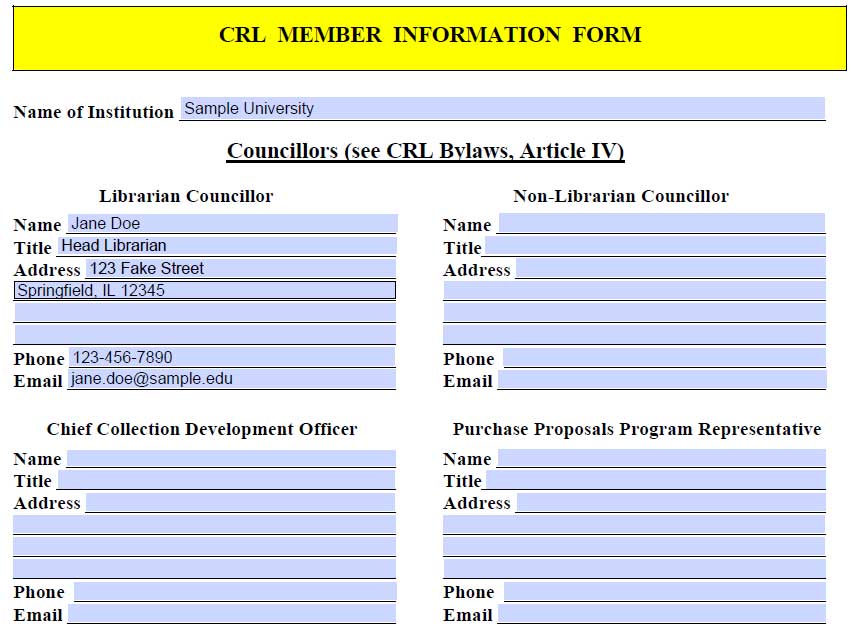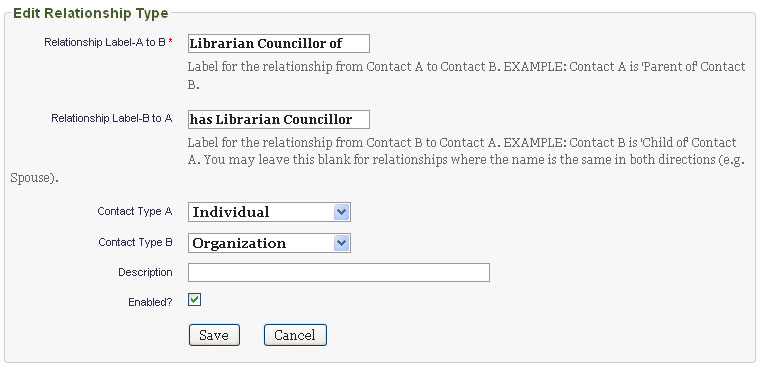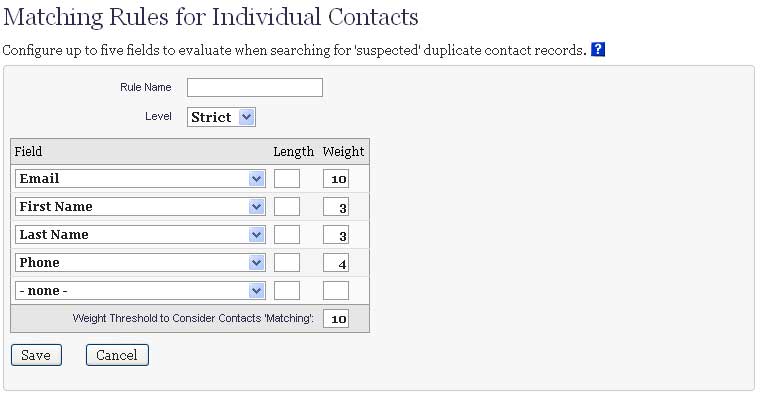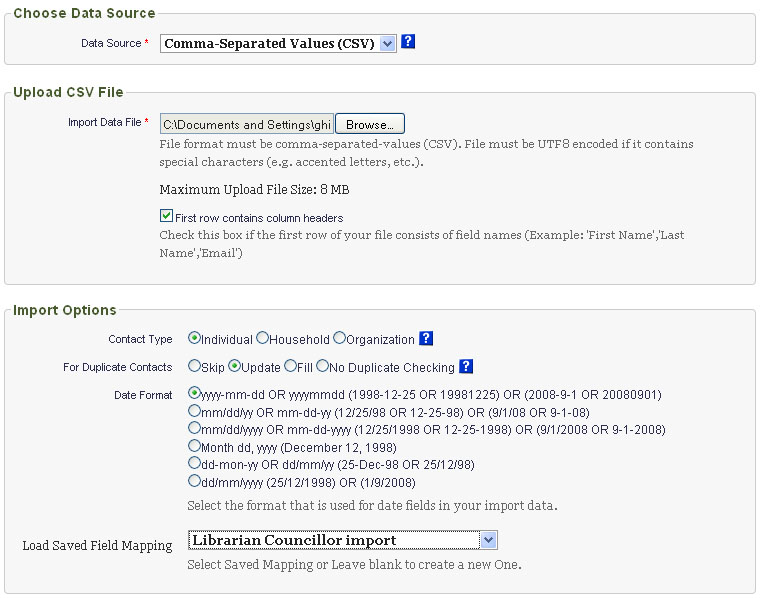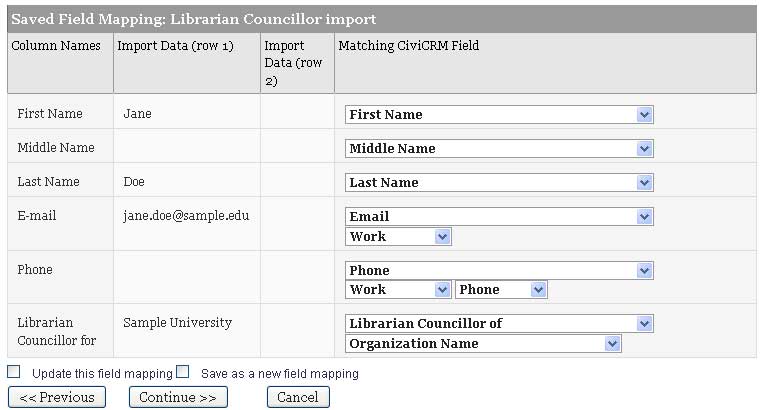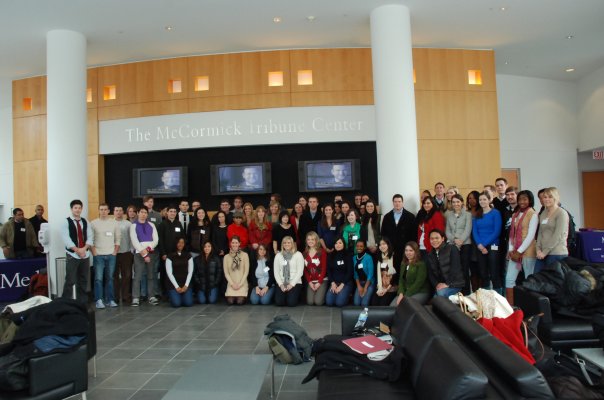
I haven’t written here in a while and that’s largely because of going back to school. At the beginning of January, I started a one-year MSJ program at the Medill School of Journalism at Northwestern University thanks to a scholarship from the Knight Foundation (read an article in Time about the scholarship).
Even with the funding, it was a hard decision to go back to school. I’ve been surrounded by people doing awesome things, often in non-formal ways, without the support or constraint of school, and part of me felt like going back to school was a form of procrastination.
At the same time, the structure of school is really helpful to me in the way it balances my perfectionist tendencies. It gives me a starting point. All the possibilities for making things – the new programming languages I could learn, the songs I could write, the things happening in the world that I want to explore are so vast that I can easily just spin my wheels. Having deadlines, project constraints, and even grades helps me to just do it and accept that there are things that I don’t do very well and have to get better at.
I also really love the way school makes me think about lots of different topics from the latest current events to how a municipality raises money, dissecting the way a news story works or doesn’t work effectively, debating the ethics of airing an unauthorized conversation with an accident victim trapped in her car. On face, I don’t know how interested I am in any of these things, but I love the process of inquiry and trying to link these ideas with things that seem more relevant to me or with some broader context.
All my classmates are really smart, and I think that it’s a good challenge for me to have to realize that people can come to a smart, critical perspective without all of the experiences that I always assumed make people smart and critical. This is a ridiculous thing to realize, I know. A classmate told me I was inquisitive and it’s hard to tell whether or not that was a euphemism. Somewhere along the way, whether it was because of grades, parental or teacher validation, the apathy of other students, I got the notion lodged in the back of my head that I was smarter than everyone else in the class. Going back to school when I’m more mature, and being around people who are smart and engaged has forced me to sit back and listen to others’ questions realizing that the time and space I take up is time and space I could be taking from someone else who has something smarter or more interesting to say or ask. It forces me to self-check whether my questions are really questions that I have or a performance of my identity as the kid who asks questions or brings a certain adversarial critique to the discussion.
Still, I feel like many of my classmates and I are looking to get different things out of school. I’m glad that I got funding to go to school because I think that paying a ton of money to go to school, any school, can make you pretty risk averse or anxious about whether or not you get your money’s worth. The program at Medill is only a year, which is good because it doesn’t eat up years of your life, but hard too, because it doesn’t give you much room for experimentation. With the short time and high costs, there’s a lot of pressure to have a clear idea about what you want to do, get the skills you need to do it, and get out.
I think that both engineering, my undergraduate discipline, and journalism have very practical educational traditions. This is great because I’ve been spending a significant part of my past weeks walking around Chicago neighborhoods, taking photos, recording audio, and talking to people. On the other hand, there’s not as much space for trying out new ways to do things. While there are “innovation projects” that many students can take, the goal of the program seems to produce graduates who have skills that will serve them well as working journalists, and I think that this is what a lot of students, at great expense, come to school for. I see school less as a place to personally retool and more as a place where you can try out things that just aren’t possible or are too risky at a commercial media outlet, or where there aren’t the resources at an independent media organization.
Learning the basics of traditional newswriting has made me appreciate old-school journalism in a way I never did before. There’s a craft that becomes apparent when one of my professors, a seasoned reporter, recasts a sentence you wrote and, like magic, it’s just better. It has also made me understand media bias in a new way. Within the constraints of time or space dictated by most of my stories for classes (meant to simulate those you would find writing for a newspaper), and writing for a broad audience, it was really scary to see how tame my stories turned out. In everything I’ve written, even the things that are really bland, there have felt like a million editing decisions as part of the process. I think that conveying information in a way that feels true, but is also compelling takes an incredible amount of time and practice.
In general, studying journalism is making me a better listener. Starting to talk to people with an angle in mind for a story is frustrating because, when I start talking to people. I can quickly realize that this really isn’t the story or that it will take much longer than my deadline to flush it out. But, even if I don’t get what I’m looking for, I still get the chance to have to listen, really listen to what someone else is saying about their experience, and I think that this can be a rare opportunity in today’s world. I’m am struck by how the competitive nature of mainstream journalism subverts listening. I don’t see how one can really explore the nuance of complex issues if you’re constrained to a certain number of paragraphs or have to file a story in a few hours. There is a craft in people who try to successfully navigate these constraints, but I’m convinced that there is also a need for media that isn’t mediated by these things.
Doing beat reporting has made me listen to the city in a different way also. With each story, I see a different overlay of the city. It might be graffiti one week, grocery stores the week before, foreclosed homes the next. Jumping between these different areas of focus exposes both how vast the city is and also how much of it I can miss.
In j-school, I see such a struggle to shift from old media paradigms to new ones. I’ve heard professors refer to citizen journalists at hobbyist or as competition for professional journalists, but there’s very little discussion of how bloggers and other community media makers are mediating and transmitting information that the mainstream media has no interest in dealing with. It’s easy to talk about information in terms of the medium – print, broadcast, interactive – instead of the ways people use the information, or want to use information, or want to discover information. There’s also a strict dichotomy between journalist and audience rather than seeing both as participants or part of a community.
The language of many of our lectures, even the future facing ones talks about the business of media or journalism. I see media as an ecosystem where business is part of the system, and maybe even an essential part, but where there are many components that are needed to maintain a healthy, sustainable flow of information. There’s a lot of messaging that seems intent on building confidence that graduates can find work in the remnants or next iteration of mainstream media. I wish there was some space for people who might be interested in participating in the rest of the ecosystem or putting the kinds of stories that people want to tell or the information they want to mediate first rather than the spaces where they can be told.
There must be spaces where the success or failure of an idea isn’t dictated by its market viability or practicality.



